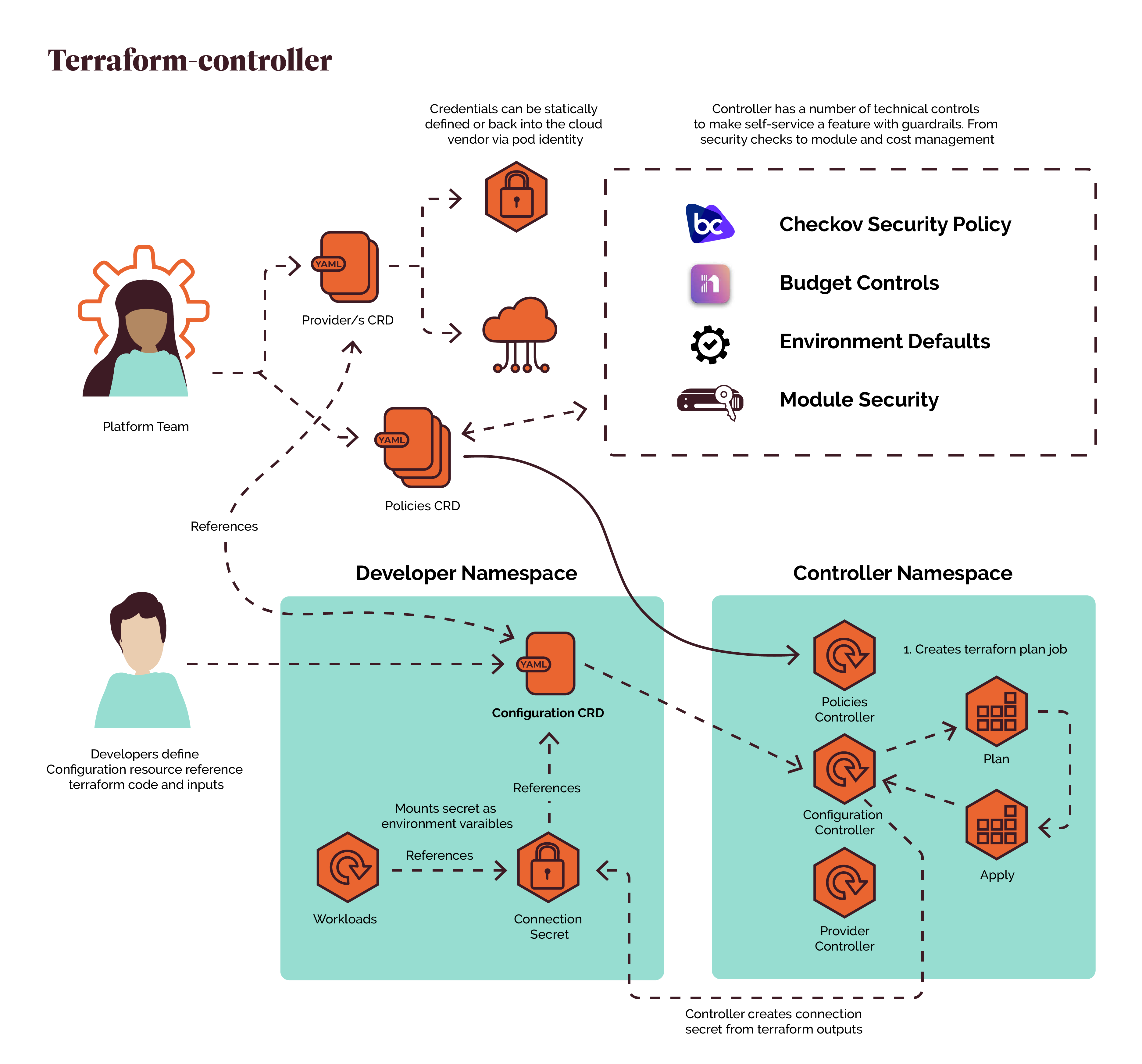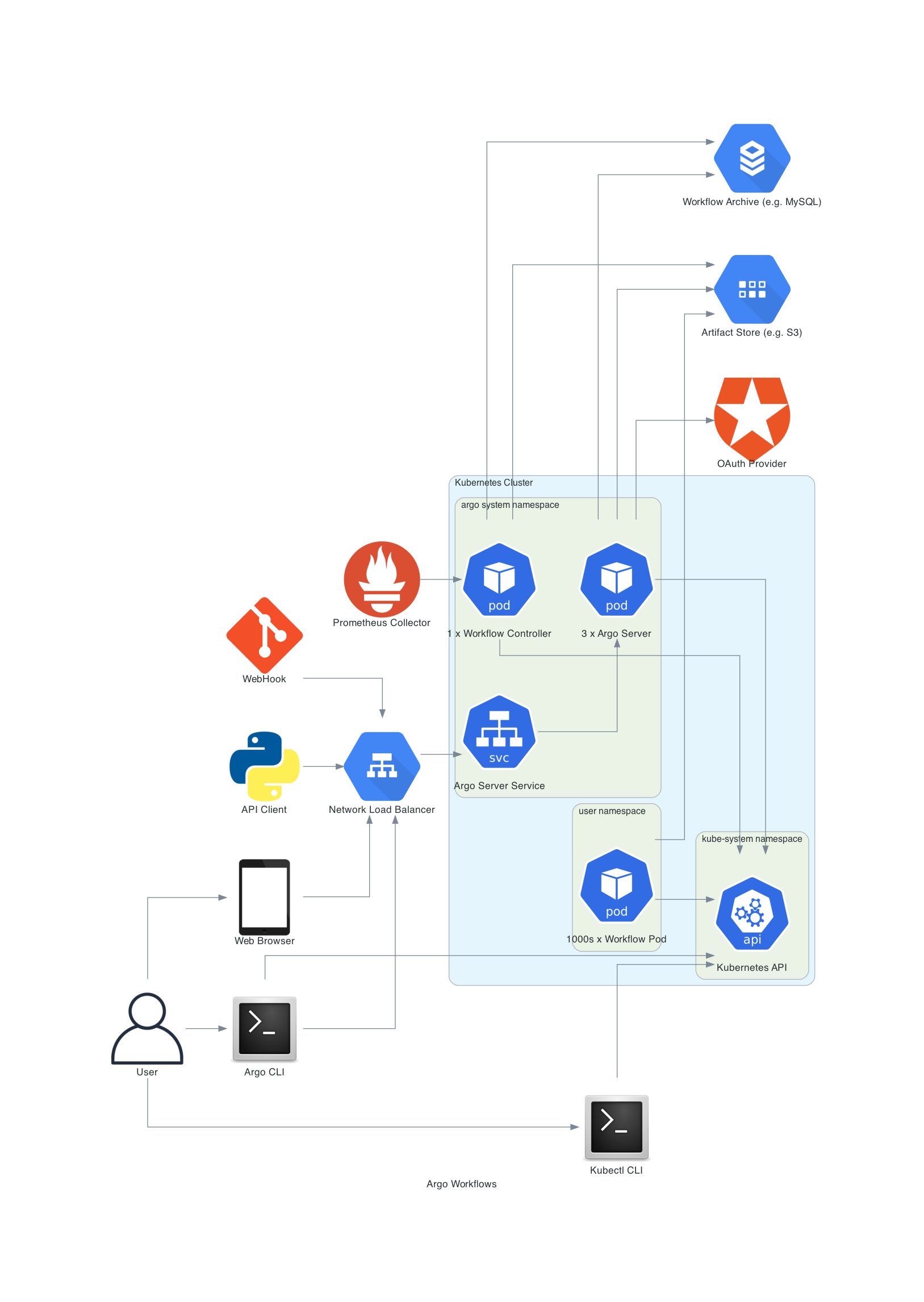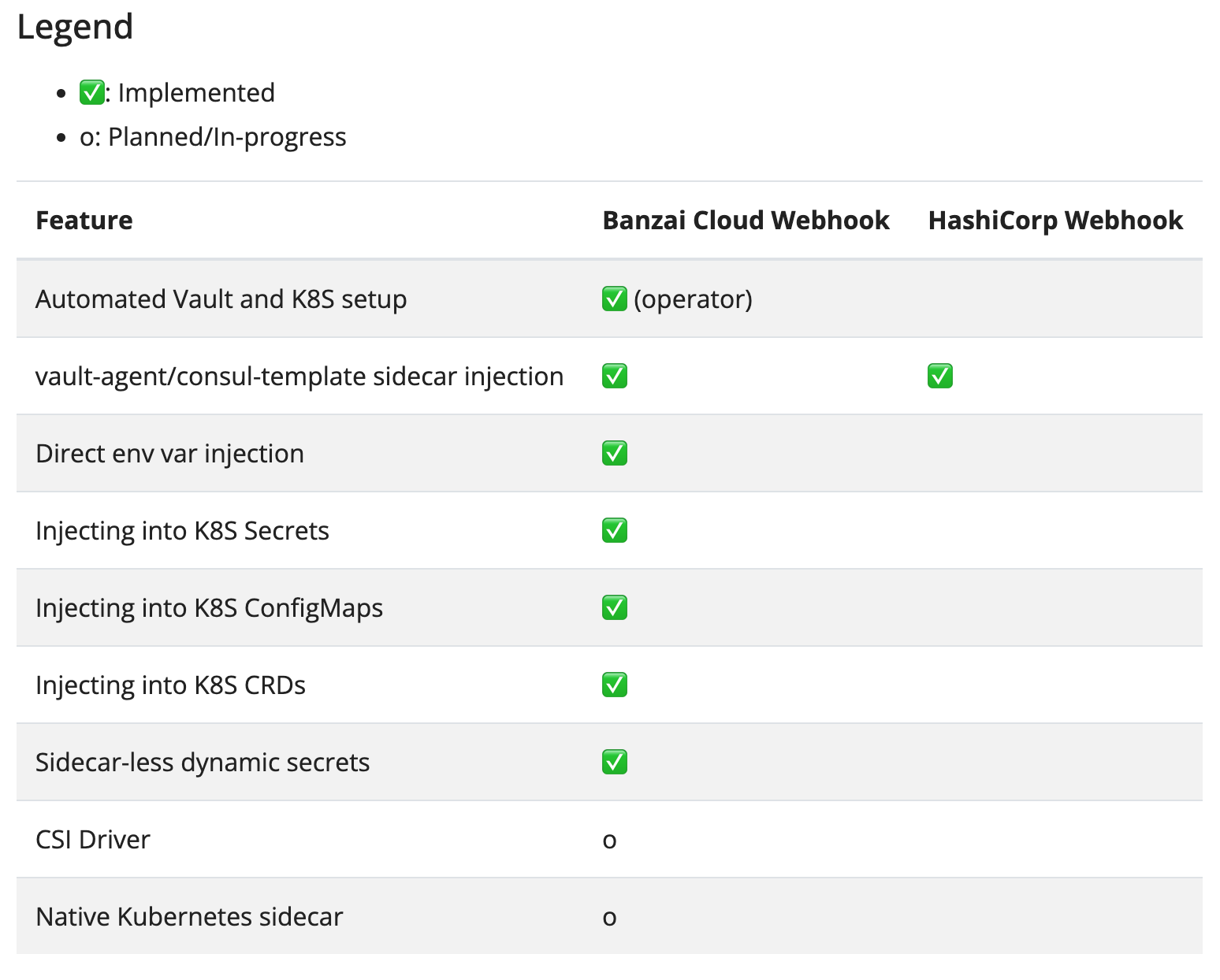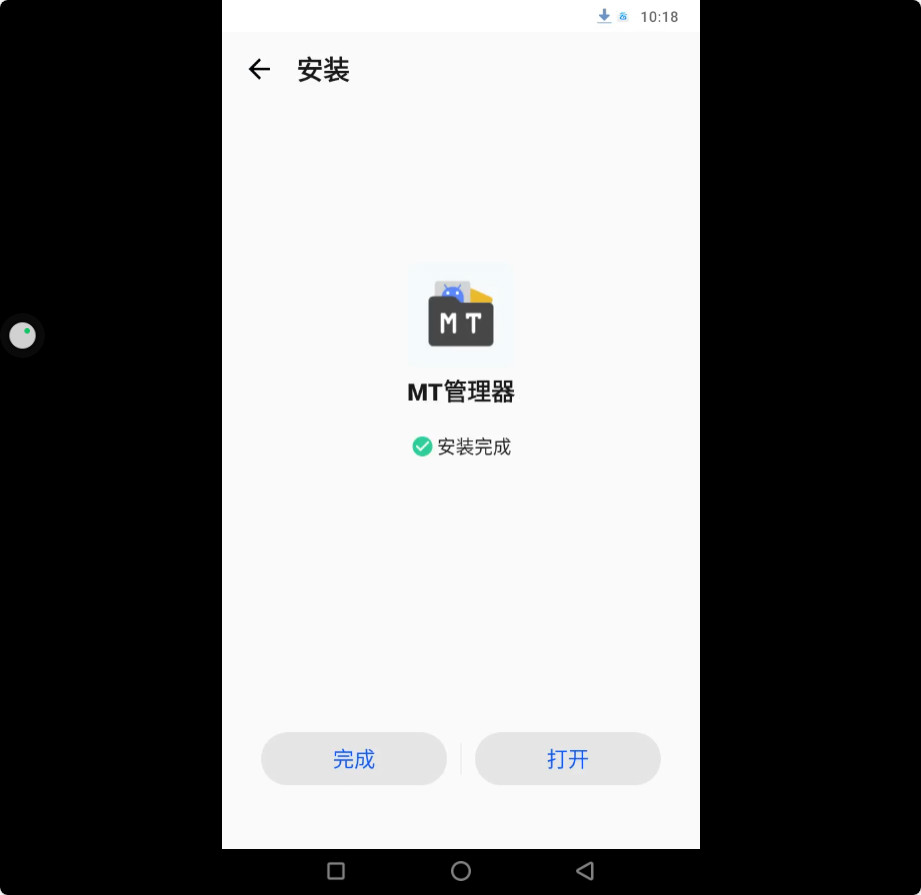Errbot 入门(3)
通过 Errbot 控制 Kubernetes
前面两篇分别讲了 Errbot 的简单启动和 Slack 的集成。这一篇做个结尾,用 Errbot 来查询 Kubernetes 的状态。
之前使用的 Docker 镜像中,已经集成了 Kubernetes 的 Python 客户端,所以这里只要在 Python 中引用,就可以操作了。
这里实现两个功能,第一个是列出 kubeconfig 文件中的 context,第二个是列出集群 Node 的健康状况。
准备工作
首先在 Errbot 的加载卷目录中新建目录kubeconfig,并在其中放置一个可用的 kubeconfig 文件。例如:
** /usr/local/var/volumes/errbot/kubeconfig/config **
apiVersion: v1
kind: Config
clusters:
- cluster:
certificate-authority: ca-dummy/ca.pem
server: https://10.211.55.11:6443
name: default
users:
- name: default
user:
client-certificate: ca-dummy/admin.pem
client-key: ca-dummy/admin-key.pem
contexts:
- context:
cluster: default
user: default
name: default
current-context: default
当然,要确保 Errbot 到 Kubernetes 的网络连接是有效的。
Context 列表
from errbot import BotPlugin, botcmd, re_botcmd
import re
from kubernetes import config, client
class Kube(BotPlugin):
@botcmd
def context_list(self, msg, args):
""" List all contexts in the kubeconfig file.
"""
yield("Context in the kubeconfig:")
for context_name in list_context():
yield(context_name)
def list_context():
(context_list, context_current) = config.list_kube_config_contexts(
"/errbot/kubeconfig/config")
result = []
for context in context_list:
result.append(context["name"])
return result
import 部分引入了几个常用的 Bot 开发支持库,以及 Kubernetes API 库。
接下来创建新的 Bot 插件 Kube。
@botcmd 修饰其中的方法 context_list,也就是生成了一个 !context list 命令。
注释内容会出现在命令列表的说明中。
内容很简单,调用 kubernetes API 的 config.list_kube_config_contexts 方法,列出其中所有的 context。
yield 在这里用于输出多行数据到聊天室。
使用 !restart 命令重启 Bot 之后,输入 !help 查看我们的插件,会看到列表中多出这样的内容:
Kube
This is a simple plugin example to get you started.
• !context list - List all contexts in the kubeconfig file.
执行 !context list,Bot 读取配置文件,返回了其中的 Context 名称列表:
Context in the kubeconfig:
default
接下来加入列出 Node,并查看健康状态代码
@botcmd(split_args_with=None)
def cluster_health(self, msg, args):
"""Simpler checker nodes, pods and workload controllers.
"""
if len(args) != 1:
yield("This command need context name as the only parameter.")
yield("Here is the context list:")
for context_name in list_context():
yield(context_name)
return
context_name = args[0]
api_instance = get_instance(context_name)
node_list = api_instance.list_node()
# Node
yield("Checking Nodes...")
for node in node_list.items:
name = node.metadata.name
status = "NotReady"
last_condition = node.status.conditions[-1:][0]
if (last_condition.type == "Ready" and
last_condition.status == "True"):
status = "Ready"
if status != "Ready":
yield("{} {}n".format(name, status))
def get_instance(context_name, api_version="core_v1"):
api_client = config.load_kube_config(
config_file="/errbot/kubeconfig/config",
context=context_name)
api_instance = client.CoreV1Api(api_client)
return api_instance
@botcmd(split_args_with=None),这一注解的意思是对聊天内容进行分拆,分拆产生的列表保存在args 之中。
对 Node 的 Status 对象的 Conditions 列表进行解析,如果最后一个状态不是 Ready,则输出不健康 Node。
打完收工
在我们常见的工作场景中,结合各种系统的 API,可以利用 Errbot 在同一个聊天室中做很多操作,例如:
- 触发 Jenkins 构建
- 对 ElasticSearch、Zabbix、Prometheus 进行查询
- 管理 Kubernetes 负载。
- 等等等等。
实际上除了这两种看起来比较古板的交流方式之外,还有看起来舒服一点的正则表达式匹配方式,然而,目前更大的热点是 AI,有了这种支持,个人觉得就不必挖空心思的琢磨分词和模式的问题了,做好和第三方的链接就可以了。
文章来源于互联网:Errbot 入门(3)





